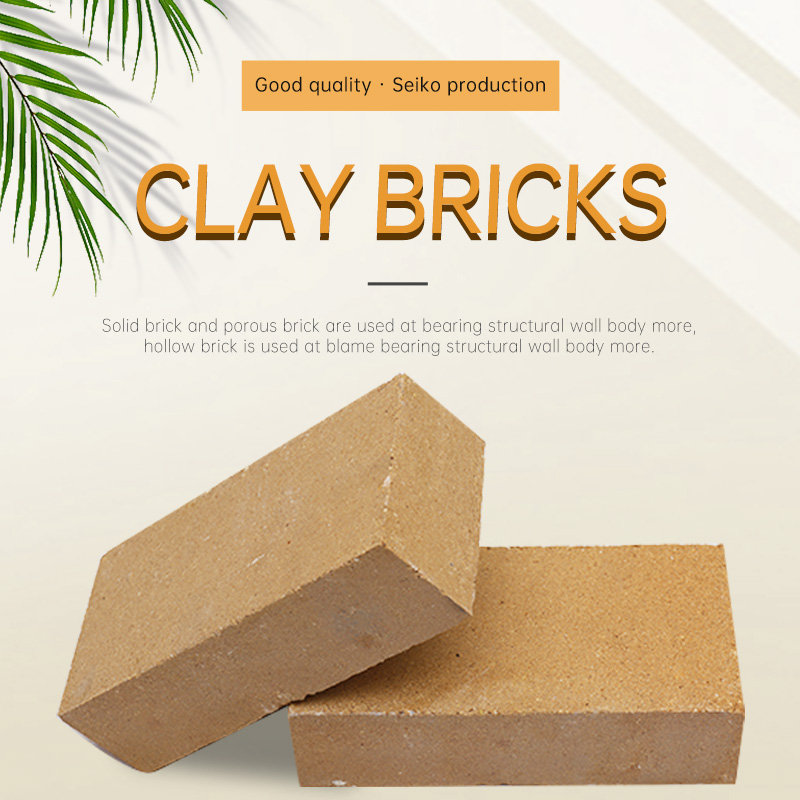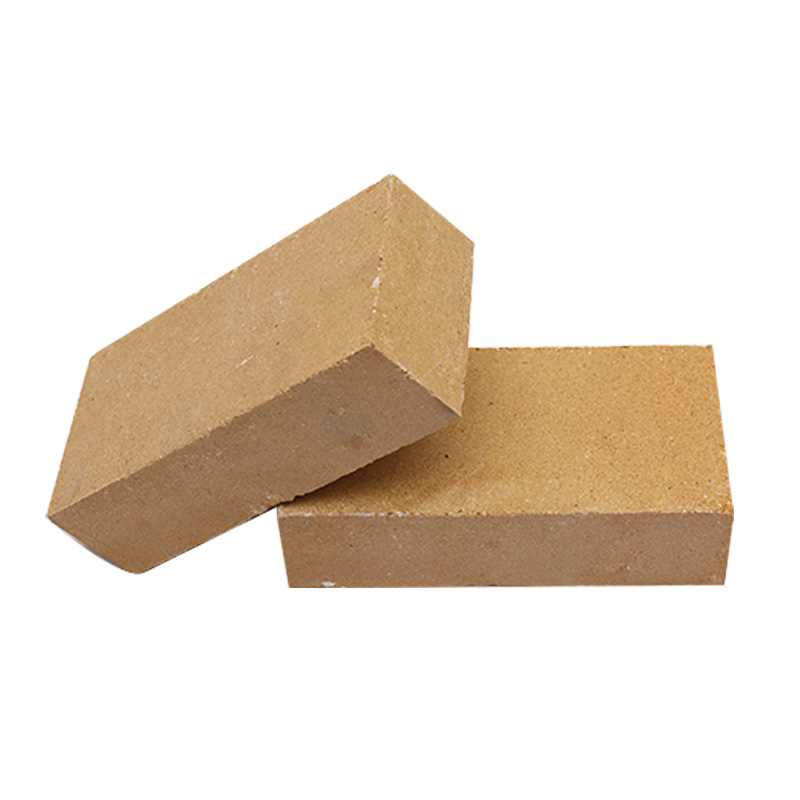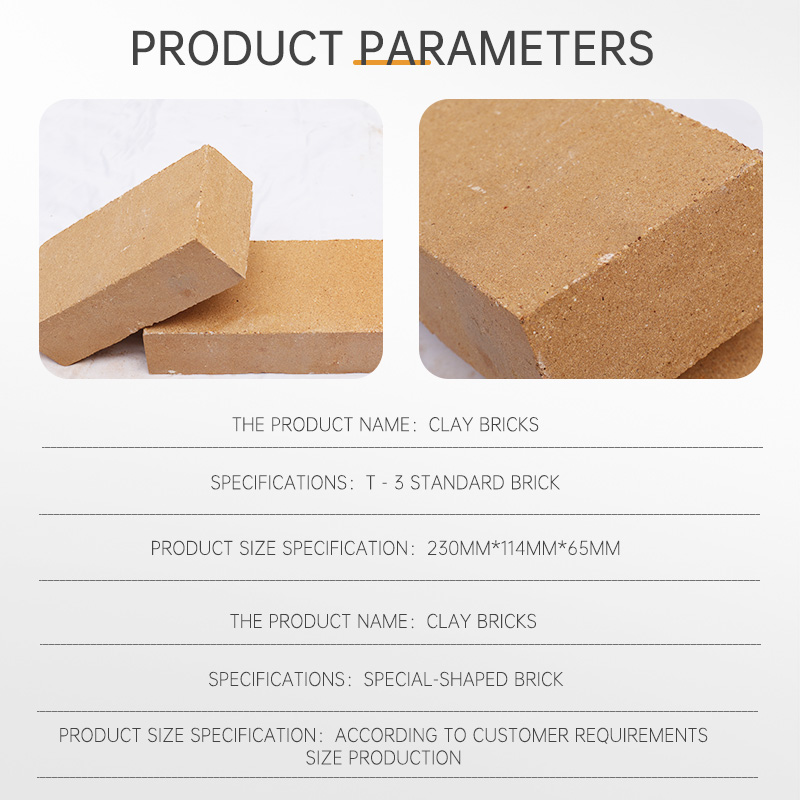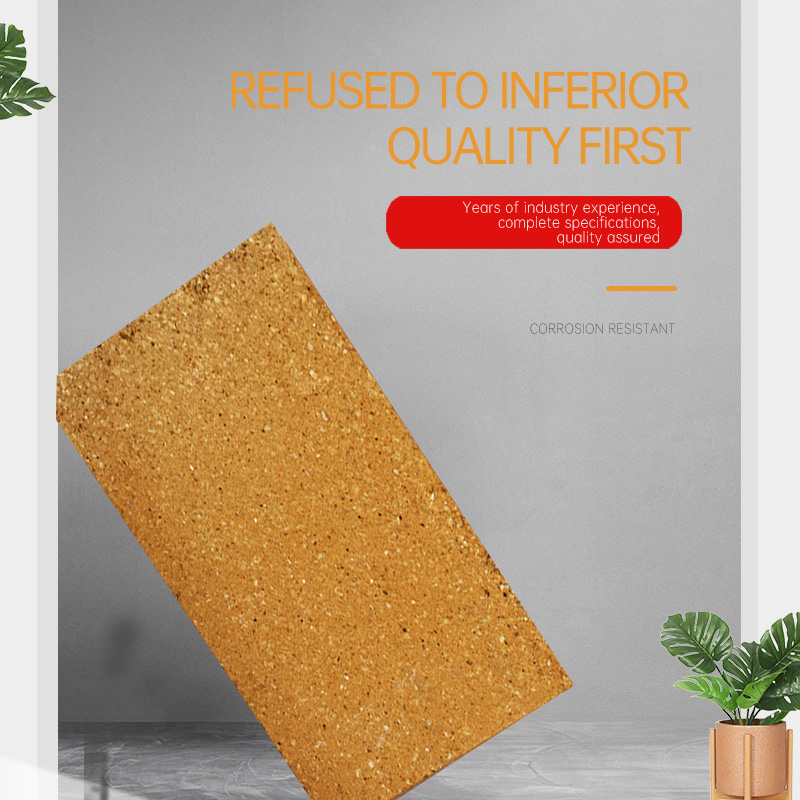2022-09-21

High-alumina polylight heat-insulating brick is one of the ideal heat-insulating refractory materials at present. It has reached various technical indicators of similar products in the world. It is a new material that must be selected in the design of industrial kilns. It is widely used in kiln lining (not corroded by solution) and thermal insulation layer in metallurgy, machinery, ceramics and chemical industries. It is an ideal energy-saving product. Mullite insulation brick is a new type of refractory material in my country, suitable for cracking furnace, hot blast stove, ceramic roller kiln, electric porcelain drawer kiln, glass crucible and the lining of various electric furnaces. Alkali-resistant brick is a new type of alkali-resistant clay (or semi-siliceous) refractory material with excellent alkali erosion resistance. Mainly used in open hearth, oxygen blowing converter, electric furnace, non-ferrous metal smelting equipment and glass industry and some high temperature equipment.



High-alumina polylight insulation bricks are made of high-quality high-alumina bauxite clinker and aluminum silicate hollow microbeads as the main raw materials, and are sintered at high temperature. It has the characteristics of high compressive strength, low thermal conductivity, good thermal insulation performance and low price. Mullite thermal insulation bricks can directly contact the flame, and have the characteristics of high temperature resistance, high lightness, low thermal conductivity, and remarkable energy saving effect. Alkali-resistant bricks use silica, coke gemstone and appropriate amount of additives to improve the microstructure of products. In the process of use, it reacts with alkaline vapors to form a high-viscosity glass phase, which covers the surface of the brick to block the surface pores, blocks the infiltration of alkaline slag, and achieves the purpose of alkali erosion resistance. According to the process environment of alkali sulfide production and the condition of the converter, our company has developed a special alkali-resistant product - alkali-resistant alkali sulfide converter brick, which has the characteristics of wear resistance, alkali erosion resistance, good thermal shock stability and high cost performance. .

Sichuan Jinshi Refractory Co., Ltd. was established in May 2001 and is located in the Economic Development Zone of Simeng Town, Dongpo District, Meishan City, covering an area of more than 14,000 square meters. The annual design production capacity of refractory materials is 50,000 tons, including 22,000 tons of shaped refractory products and 28,000 tons of unshaped refractory products. The company's production technology relies on Luoyang Refractory Research Institute and Luoyang Institute of Technology. Not only has a number of senior engineers, consultants and technical personnel specializing in refractory materials, but also advanced equipment and complete testing methods. Since its establishment, the company has continuously developed new products and technologies of refractory materials, strictly controlled the quality of refractory materials, and obtained a number of patents and the certification of the international quality management system GB/T19001-2016/IS09001:2015.
Huang Li
1954614458@qq.com
Learn More》》》
07-07
07-07
07-07
07-07
07-04
07-04
07-04
07-04
07-04
07-04